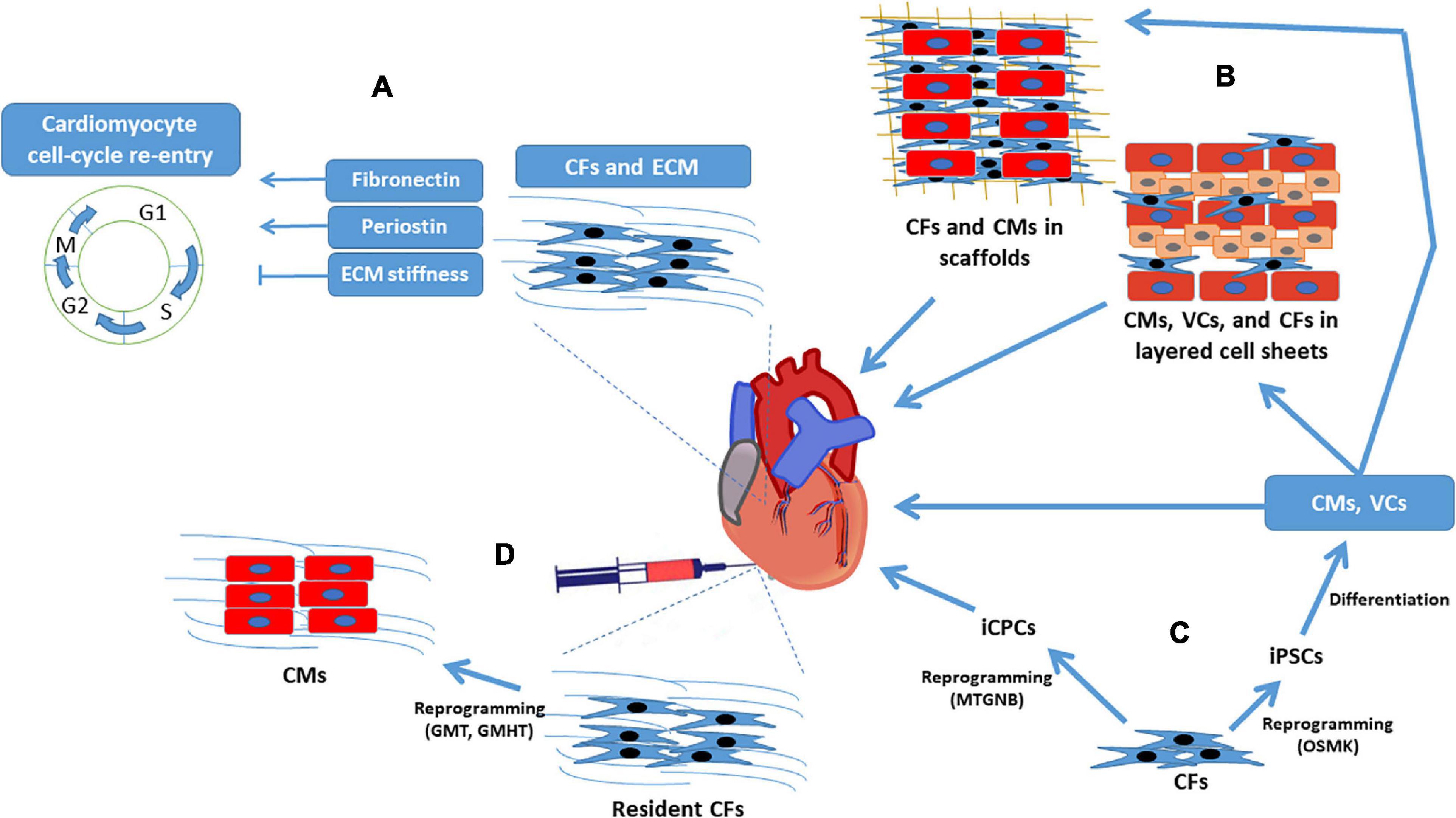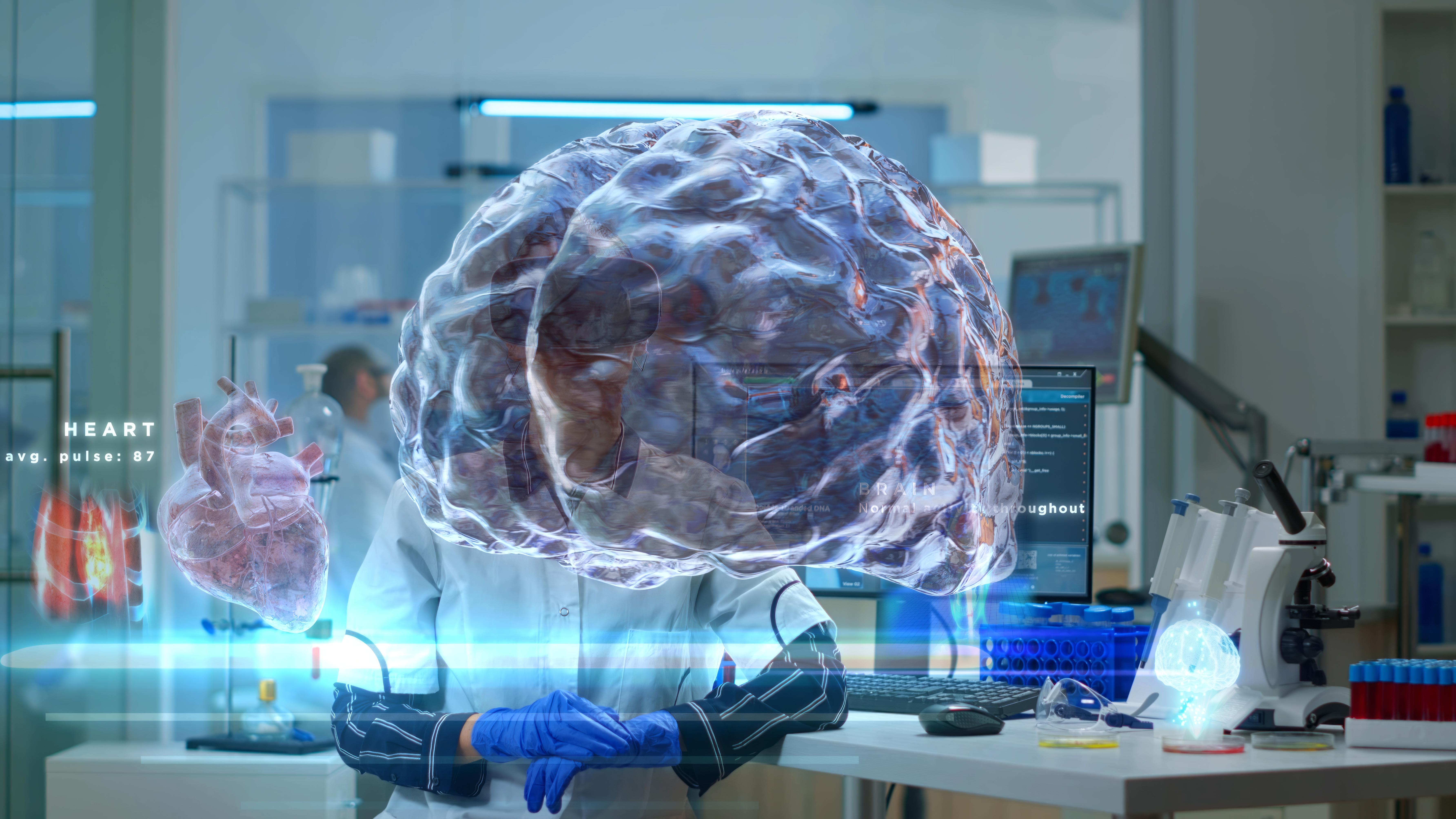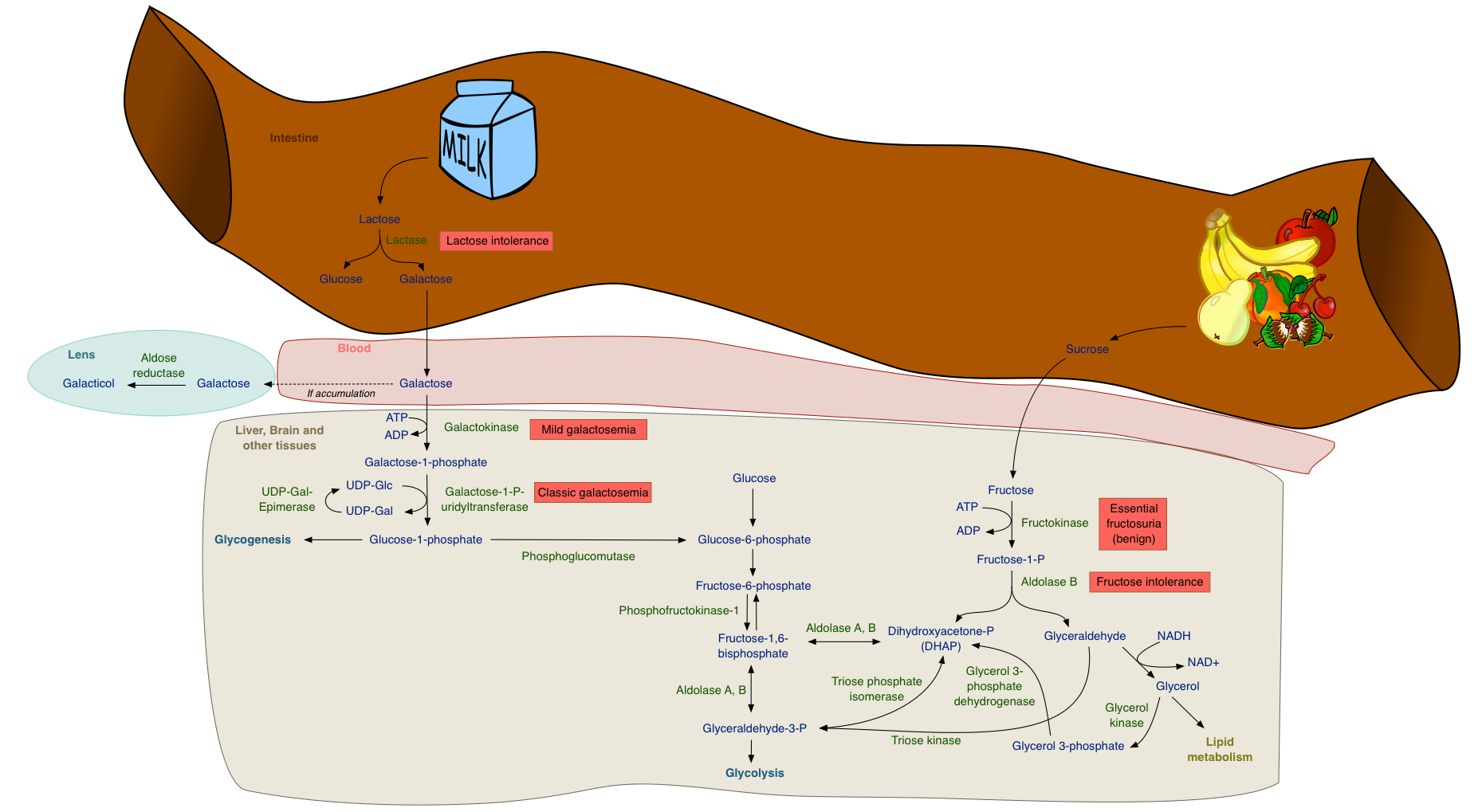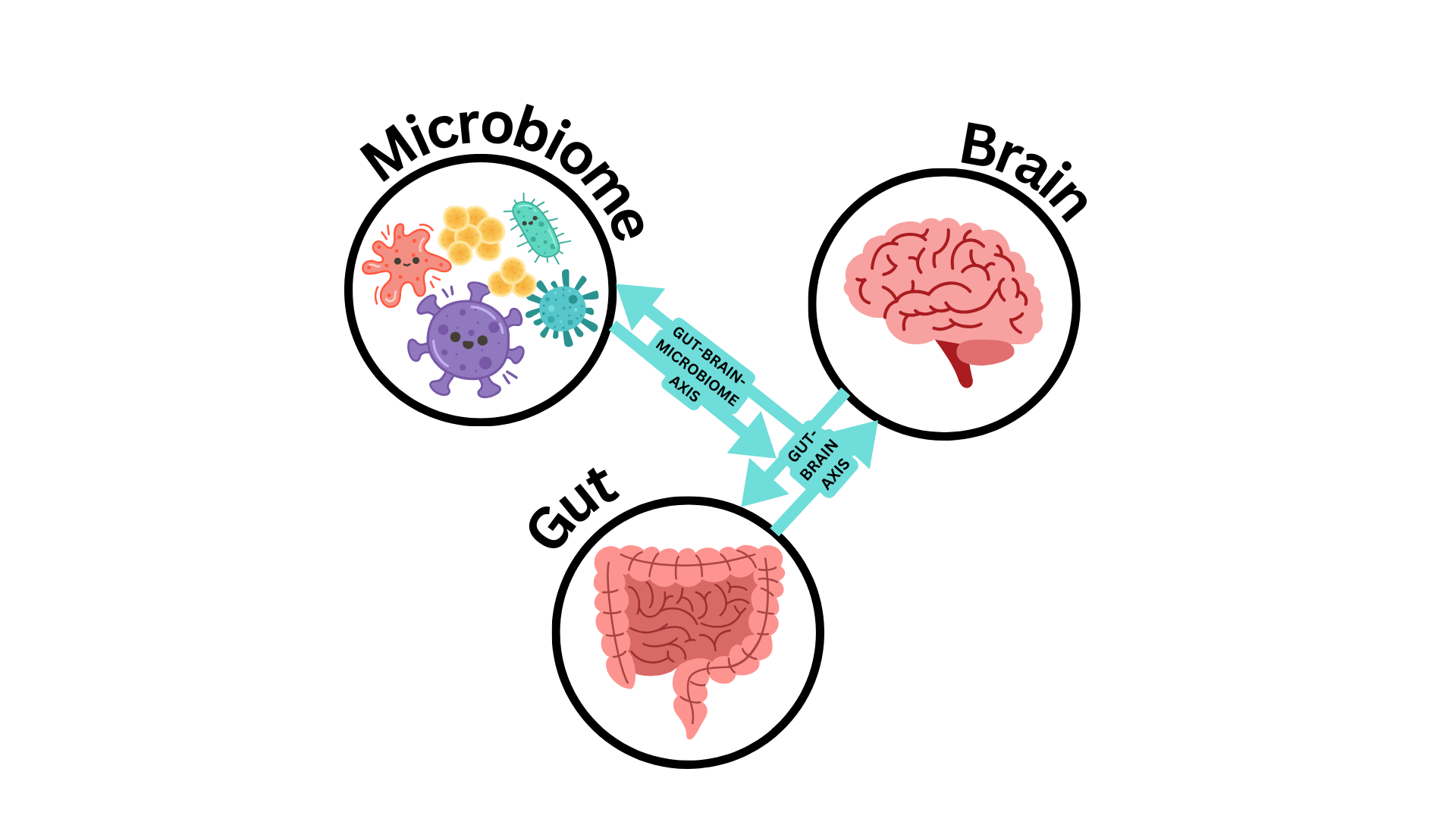10 Fascinating Facts About How Exercise *Really* Changes Your Body
Exercise is often celebrated for its visible effects: toned muscles, weight loss, and improved stamina. However, beneath the surface lies a complex symphony of transformations that are nothing short of miraculous. The human body is designed to move, and when it does, it undergoes a series of changes that are as intricate as they are profound. Exercise, in its many forms, is a catalyst for transformation, impacting not just our physical appearance but also our internal systems. This introduction sets the stage for a journey through 10 lesser-known effects of exercise, each supported by scientific research and expert insights. As we explore these revelations, consider how each fact not only enhances our understanding of exercise but also inspires a deeper appreciation for the body's remarkable resilience and capacity for change.
1. Cellular Regeneration - The Rebirth of Cells

At the heart of exercise-induced transformation is the process of cellular regeneration. When we engage in physical activity, our bodies respond by producing new cells, particularly in the muscles and skin. This regeneration is driven by the increased production of mitochondria, the powerhouse of the cell, which enhances energy production and cellular repair. As we exercise, the demand for energy surges, prompting the body to create more mitochondria to meet this need. This increase in mitochondrial density not only boosts endurance but also accelerates the repair and growth of muscle tissues.
Moreover, exercise triggers the release of growth factors such as IGF-1 (Insulin-like Growth Factor 1), which play a crucial role in cellular regeneration. These growth factors stimulate the proliferation of satellite cells, which are essential for muscle repair and growth. As a result, regular exercise leads to stronger, more resilient muscles, capable of better performance and quicker recovery. This cellular renewal process is a testament to the body's ability to adapt and thrive under physical stress, highlighting the profound impact of exercise on our cellular health.
2. Neuroplasticity - The Brain's Remarkable Adaptability

Exercise is not just a boon for the body; it also has a transformative effect on the brain. One of the most fascinating aspects of this transformation is the enhancement of neuroplasticity, the brain's ability to reorganize itself by forming new neural connections. Physical activity stimulates the production of brain-derived neurotrophic factor (BDNF), a protein that supports the survival and growth of neurons. Increased levels of BDNF are associated with improved cognitive functions, such as memory, learning, and decision-making.
Furthermore, exercise has been shown to increase the volume of the hippocampus, the brain region responsible for memory and learning. Studies suggest that regular physical activity can delay or even prevent age-related cognitive decline, underscoring the protective effects of exercise on the brain. The enhancement of neuroplasticity through exercise not only boosts mental acuity but also fosters emotional resilience, highlighting the interconnectedness of physical and mental well-being. As we continue to explore the body's transformations, the brain's adaptability stands as a testament to the holistic benefits of exercise.
3. Hormonal Harmony - Balancing the Body's Chemical Messengers

The hormonal changes induced by exercise are among the most profound yet often overlooked aspects of physical activity. Exercise acts as a natural regulator of hormones, balancing the levels of stress hormones like cortisol while boosting the production of endorphins, the body's natural mood elevators. This hormonal harmony contributes to improved mood, reduced anxiety, and enhanced overall mental health. The release of endorphins during exercise is often referred to as the "runner's high," a state of euphoria that underscores the powerful impact of physical activity on emotional well-being.
In addition to mood-enhancing hormones, exercise also influences insulin sensitivity, a critical factor in metabolic health. Regular physical activity improves the body's ability to use insulin effectively, reducing the risk of type 2 diabetes and promoting better blood sugar control. Furthermore, exercise stimulates the production of anabolic hormones such as testosterone and growth hormone, which are essential for muscle growth and repair. This intricate balance of hormones not only supports physical performance but also underscores the systemic benefits of exercise, illustrating how movement fosters a harmonious internal environment.
4. Immune System Boost - Fortifying the Body's Defenses

Exercise is a powerful ally in strengthening the immune system, enhancing the body's ability to fend off illnesses and infections. Regular physical activity increases the circulation of immune cells, such as natural killer cells, T-cells, and B-cells, which play a crucial role in identifying and neutralizing pathogens. This enhanced circulation allows the immune system to detect and respond to threats more efficiently, reducing the risk of illness.
Moreover, exercise promotes the production of anti-inflammatory cytokines, which help to moderate the body's inflammatory response. This is particularly important because chronic inflammation is linked to a range of health issues, including heart disease, diabetes, and certain cancers. By reducing inflammation and bolstering immune function, exercise serves as a preventive measure against a variety of health conditions. The immune-boosting effects of exercise highlight the body's remarkable ability to adapt and protect itself, emphasizing the importance of physical activity in maintaining overall health and well-being.
5. Cardiovascular Revitalization - Enhancing Heart Health

The cardiovascular benefits of exercise are well-documented, with regular physical activity playing a pivotal role in maintaining heart health. Exercise strengthens the heart muscle, improving its efficiency in pumping blood throughout the body. This increased efficiency reduces the heart's workload, lowering resting heart rate and blood pressure. As a result, the risk of cardiovascular diseases, such as hypertension, coronary artery disease, and stroke, is significantly reduced.
Additionally, exercise enhances the elasticity of blood vessels, promoting better circulation and reducing the risk of atherosclerosis, a condition characterized by the buildup of plaque in the arteries. Regular physical activity also improves lipid profiles by increasing levels of high-density lipoprotein (HDL) cholesterol, the "good" cholesterol, while reducing levels of low-density lipoprotein (LDL) cholesterol, the "bad" cholesterol. These cardiovascular improvements underscore the life-saving potential of exercise, highlighting its role in promoting longevity and enhancing quality of life.
6. Metabolic Mastery - Revamping Energy Utilization

Exercise profoundly influences metabolism, the body's process of converting food into energy. Regular physical activity increases metabolic rate, allowing the body to burn calories more efficiently even at rest. This boost in metabolism is primarily due to the increased muscle mass resulting from exercise, as muscle tissue requires more energy to maintain than fat tissue. Consequently, individuals who engage in regular exercise tend to have a higher resting metabolic rate, facilitating weight management and reducing the risk of obesity.
Moreover, exercise enhances the body's ability to utilize carbohydrates and fats as fuel, improving metabolic flexibility. This adaptability allows the body to switch between energy sources more effectively, optimizing performance during both aerobic and anaerobic activities. The metabolic benefits of exercise extend beyond weight management, influencing overall energy levels and vitality. By revamping energy utilization, exercise empowers individuals to lead more active, energetic lives, underscoring the transformative power of physical activity on metabolic health.
7. Bone Density Boost - Strengthening the Skeletal Framework

Exercise is a key factor in maintaining and improving bone density, a crucial aspect of skeletal health. Weight-bearing exercises, such as walking, running, and resistance training, stimulate bone formation by promoting the activity of osteoblasts, the cells responsible for building bone tissue. This process enhances bone mineral density, reducing the risk of osteoporosis and fractures, particularly in older adults.
Furthermore, exercise increases the production of hormones like estrogen and testosterone, which play vital roles in bone health. These hormonal changes, coupled with the mechanical stress exerted on bones during physical activity, contribute to a stronger, more resilient skeletal framework. The impact of exercise on bone density highlights its importance in maintaining structural integrity and preventing age-related bone loss. As we explore the body's transformations, the strengthening of the skeletal framework stands as a testament to the enduring benefits of regular physical activity.
8. Gut Health Enhancement - Nurturing the Microbiome

The gut microbiome, a complex community of microorganisms residing in the digestive tract, plays a crucial role in overall health. Exercise has been shown to positively influence the composition and diversity of the gut microbiome, promoting the growth of beneficial bacteria that support digestion and immune function. This enhancement of gut health is linked to the anti-inflammatory effects of exercise, which create a favorable environment for beneficial microbes to thrive.
Moreover, regular physical activity stimulates the production of short-chain fatty acids, such as butyrate, which are essential for maintaining the integrity of the gut lining and preventing inflammation. These compounds also play a role in regulating metabolism and appetite, contributing to weight management and metabolic health. The connection between exercise and gut health underscores the holistic benefits of physical activity, highlighting its impact on the body's internal ecosystems. By nurturing the microbiome, exercise supports overall well-being, emphasizing the interconnectedness of physical health and digestive function.
9. Skin Transformation - Radiance from Within

Exercise is often touted for its ability to improve skin health, leading to a radiant, youthful appearance. Physical activity increases blood flow to the skin, delivering oxygen and nutrients that promote cellular repair and rejuvenation. This enhanced circulation also aids in the removal of waste products and toxins, contributing to a clearer, healthier complexion.
In addition to improving circulation, exercise stimulates the production of collagen, a protein that provides structure and elasticity to the skin. Increased collagen production helps to reduce the appearance of wrinkles and fine lines, promoting a more youthful appearance. The sweat produced during exercise also plays a role in skin health by unclogging pores and reducing the risk of acne. The transformative effects of exercise on the skin highlight the external benefits of physical activity, underscoring its role in promoting beauty from within.
10. Emotional Equilibrium - The Mind-Body Connection

The psychological benefits of exercise are profound, with physical activity serving as a powerful tool for achieving emotional equilibrium. Exercise reduces symptoms of anxiety and depression by promoting the release of neurotransmitters such as serotonin and dopamine, which enhance mood and promote feelings of well-being. These mood-enhancing effects are complemented by the stress-reducing benefits of exercise, which help to alleviate tension and promote relaxation.
Moreover, exercise fosters a sense of accomplishment and self-efficacy, boosting self-esteem and confidence. The social aspects of physical activity, such as participating in group classes or team sports, also contribute to emotional well-being by fostering a sense of community and belonging. The mind-body connection emphasized by exercise underscores the holistic nature of physical activity, highlighting its ability to enhance mental health and emotional resilience. By promoting emotional equilibrium, exercise empowers individuals to navigate life's challenges with greater ease and confidence.
As we conclude this exploration of exercise-induced transformations, it is clear that physical activity offers a multitude of benefits that extend far beyond the superficial. From cellular regeneration to emotional equilibrium, the body's response to exercise is a testament to its remarkable adaptability and resilience. Each transformation, whether internal or external, underscores the profound impact of physical activity on overall health and well-being. By embracing the transformative power of exercise, we unlock the potential for a healthier, more vibrant life. As we continue to explore the wonders of the human body, let us celebrate the symphony of transformations that exercise orchestrates, empowering us to thrive in both body and mind.







